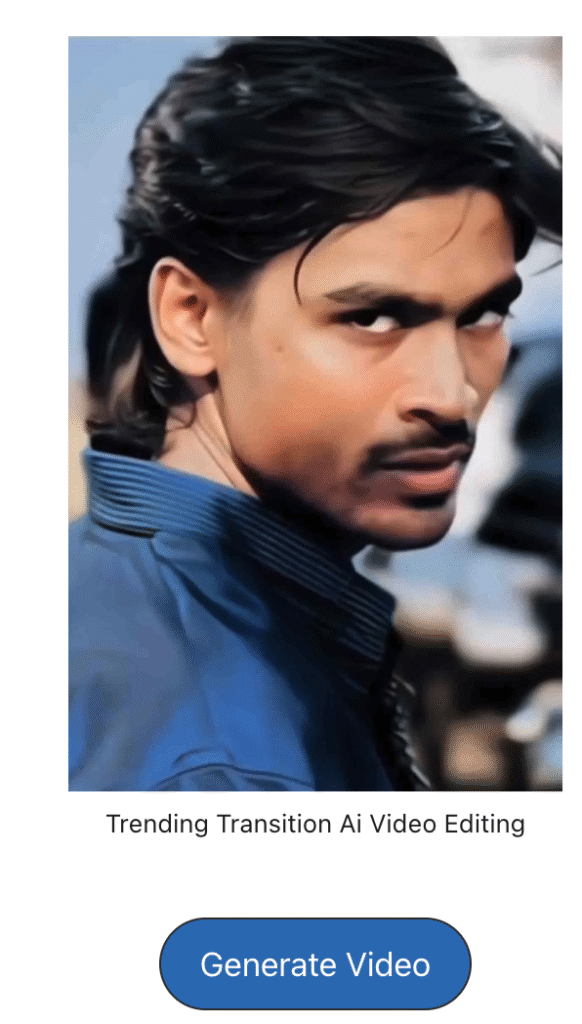Introduction
The world of artificial intelligence (AI) is evolving rapidly, and one of the most exciting trends is AI-powered video face-changing technology. From social media filters to deepfake applications, AI is revolutionizing how we alter and enhance faces in videos. This blog post explores the latest trends, benefits, drawbacks, and frequently asked questions about AI video face-changing technology.
What is AI Video Face Change?
AI video face change refers to the use of artificial intelligence to modify or swap faces in videos. Using deep learning algorithms and neural networks, AI can analyze facial features, expressions, and movements to seamlessly replace one face with another. Popular applications include:
- Social media filters (Snapchat, Instagram)
- Deepfake videos (entertainment, memes)
- Virtual influencers (AI-generated personas)
- Film and video production (CGI, de-aging actors)
How Does AI Face Changing Work?
AI face-changing technology relies on several key processes:
- Face Detection – AI identifies faces in a video using facial recognition.
- Feature Mapping – The system maps key facial landmarks (eyes, nose, mouth).
- Training Neural Networks – Deep learning models (like GANs – Generative Adversarial Networks) learn to swap faces realistically.
- Blending & Rendering – The AI adjusts lighting, skin tones, and movements for a natural look.
Popular tools for AI face-changing include DeepFaceLab, FaceSwap, and Reface.
Pros of AI Video Face Change
✅ Creative Entertainment – Enables fun filters, memes, and viral content.
✅ Film & Media Production – Reduces costs for CGI and special effects.
✅ Virtual Influencers – Brands use AI-generated faces for marketing.
✅ Privacy Protection – Blurs or alters faces for anonymity.
✅ Educational Use – Helps in dubbing, language localization, and historical recreations.
Cons of AI Video Face Change
❌ Deepfake Misuse – Can spread fake news, scams, and non-consensual content.
❌ Ethical Concerns – Raises issues about identity theft and misinformation.
❌ Legal Risks – Some countries ban deepfakes due to fraud potential.
❌ Uncanny Valley Effect – Poor-quality swaps look unnatural and creepy.
❌ Job Displacement – Reduces demand for traditional video editors and VFX artists.
FAQs About AI Video Face Change
1. Is AI face-changing legal?
It depends on usage. While filters and entertainment are legal, deepfakes used for fraud or defamation can lead to legal consequences.
2. How can I detect a deepfake video?
Look for unnatural blinking, blurry edges, or inconsistent lighting. AI detection tools like Deepware Scanner can help.
3. What apps use AI face-changing?
Popular apps include Reface, Snapchat, FaceApp, and Zao.
4. Can AI face-changing be used in movies?
Yes! Films like The Irishman used AI for de-aging actors.
5. How can I protect myself from deepfake scams?
Verify sources, use reverse image search, and be cautious of suspicious videos.
Conclusion
AI video face-changing technology is a groundbreaking innovation with vast potential in entertainment, marketing, and media. However, ethical concerns and misuse risks highlight the need for regulations and awareness. As AI continues to evolve, staying informed will help us harness its benefits while minimizing harm.


